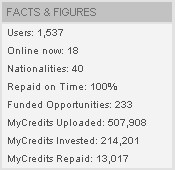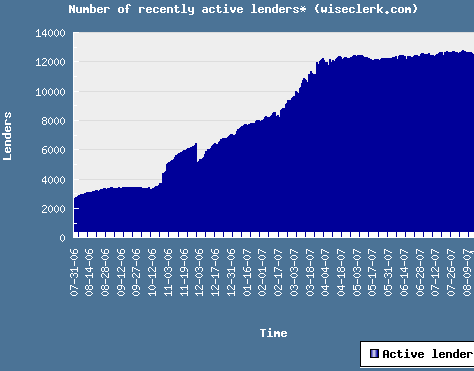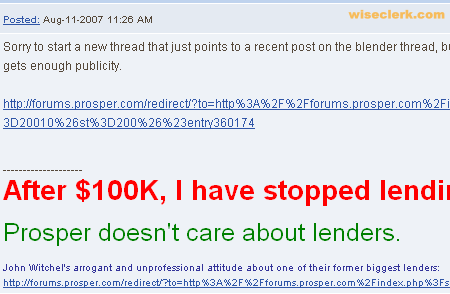 One of the disadvantages for lenders in many p2p lending markets is that money lent cannot be withdrawn early during loan terms.
One of the disadvantages for lenders in many p2p lending markets is that money lent cannot be withdrawn early during loan terms.
Zopa UK now introduces a secondary market called ‘Rapid Returns’, which allows lenders to cash out on all or selected market loans early. To do this a lender simply selects all or specific markets to ‘sell’ his loans.
For each of these loans, the system looks for other lenders offering to the same market at the same or a lower interest rate. Where a match can be found, each loan is then permanently transferred to the lowest bidding lender in that market. The winning lender will then earn the interest rate that the previous lender was getting on that loan, even if they offered at a lower rate. The lender receives the total outstanding capital on the loan from the offered funds of the winning lender.
Zopa deducts a 1% admin fee from the transferred capital.
There are some limitations: Loans made through ‘Zopa Listings’ are not eligible. Also excluded are loans where the borrower ever has missed a repayment. Some more restrictions apply.
And of course there needs to be a matching lender offer with a rate low enough.
Asked why lenders can not bid on loans on offer – thereby buying at a discount or premium – a Zopa employee explains:
“What you describe here is a true secondary market which …, we are not regulated to provide. I hope all will become clear when the full functionality is available in the next couple of weeks.
As a final note on the ‘never missed a repayment rule’ – we started development with this rule as ‘not currently in arrears and hasn’t missed a repayment in the least three months’ but when we looked at the proportion of the total loan book for each, there’s a negligible difference. It’s therefore much clearer and fairer to go with the former.”
Currently Rapid Returns is only collecting offers on the buying lender’s side, letting lenders amend their bid offers to include Rapid Return loans. The feature will actually go live in a couple of weeks. Then selling lenders can mark their loan books for sale.
I expect that the Rapid Returns feature will further boost Zopa’s growth in the British market. Congratulations.

 Today a new
Today a new 
